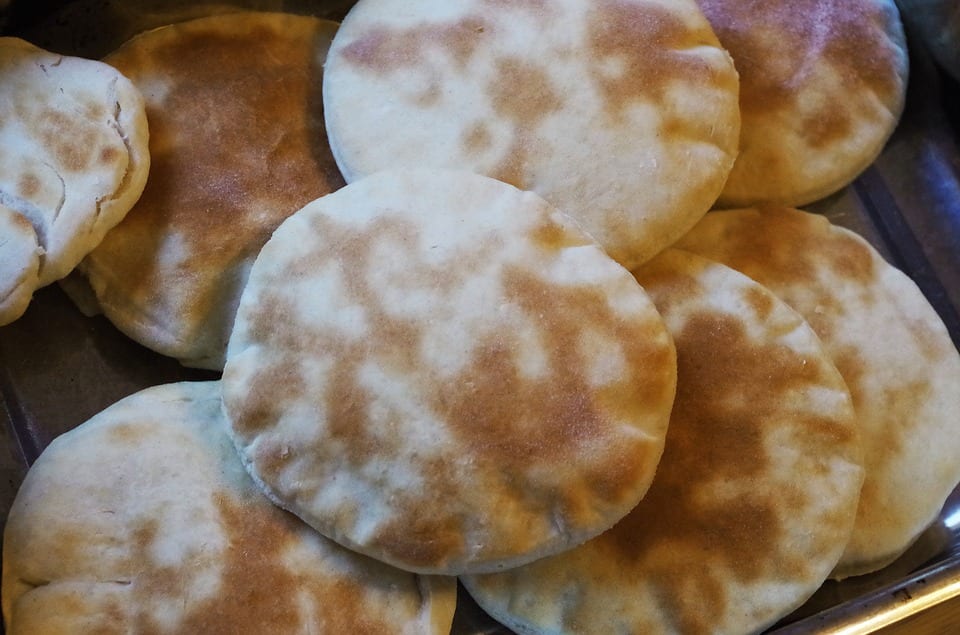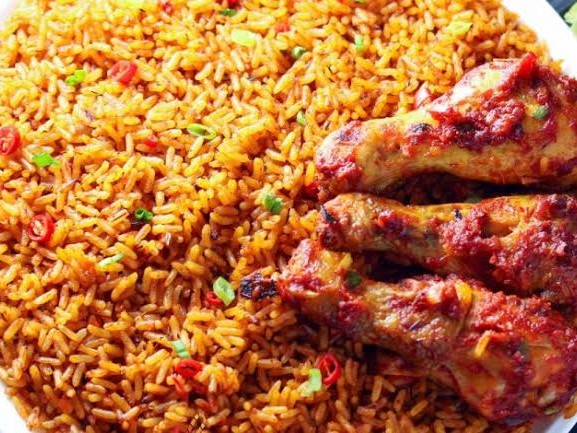Share this!
African Bread: A Breakdown
Bread! This meal has served humankind for as long as the world has existed. From the biblical age till this moment, bread has undergone several changes. With regard to shifts in tastes, social as well as cultural evolution, bread is one of the oldest artificial foods in the world. Bread comes from a dough of flour and water baked until it’s ready for consumption.
Bread is also versatile. You can eat bread at any time of the day. Take it as a snack or serve as an accompaniment in other culinary preparations. These preparations include sandwiches and fried items coated in breadcrumbs to prevent sticking.
Bread in Africa
In Africa, bread assumes great significance. Bread is a metaphor for the basic needs and the living standard of many Africans. In fact, you should know that some countries in Africa do have a bread subsidy for their nationals! A good example is South Africa.
For other parts of Africa, religious, cultural and national leanings determine the tastes and even the ways people eat bread. There are also other important tags ascribed to bread in Africa, although these terms are not indigenous. You could be the breadwinner of your family. This expression shows the individual in question provides for the upkeep of the home. Marvel not if you hear the vernacular expression “That man get bread ooo!” on the streets of Lagos, Nigeria. It means that man is wealthy!
Now that we have some background knowledge, let us feed our minds with a look at the different types of bread across the continent. Take note that bread is either baked, cooked on a griddle, steamed or deep fried. The taste and recipe for each differ. There are inputs from colonial powers and immigrant populations.
Pita Bread (Morocco)

There is no better place to have authentic bread-eating experience than in the Kingdom of Morocco. For these Africans, bread is not only a national staple, most meals are incomplete without it. One of the unique attributes of Pita bread is that it comes in various forms. So you could have Kobz, Mahrash, Batbout, Baghrir, Msemen or Harcha. These breads have different preparation process and constituent ingredients.
How to eat Pita Bread
For starters, note that Moroccans eat with their right hand, as the left is labeled unclean. This is one among many meal-time etiquettes in the country. Your Pita bread is best eaten with your hands. In some instances, the bread serves as a fork, cutlery, and even a knife. You cut out portions and scoop up condiments or soak up soups and sauces.
Did you ever think eating bread will teach lessons on giving and shunning waste? Well with Pita bread, you learn to keep leftovers for later. Or you place extra portions on the road or rooftop for ants, birds and other creatures to eat from.
And the icing on the cake is that you can eat Pita bread at any time of day! You could have it as breakfast, lunch or dinner, as well as a snack.
Green Mealie Bread (South Africa)
The country at the base of Africa holds its head high with the Green Mealie bread. This bread is a signature staple of South African cuisine and dishes. Green mealies are a type of sweet corn, hence the bread is a tasty by-product that leaves you wanting more.
You may choose to classify this bread as a firm pudding. Be certain that it takes skillful preparation and sound knowledge. A modern method of preparation involves steaming the bread in a baking pan. Expert bakers line the pan with either corn husks or wax paper for easy removal of the loaf after cooking.
How to enjoy Green Mealie Bread
This bread is best eaten when warm. If you do have left-overs, keep refrigerated. This leftover can form a mouth-watering breakfast. All you have to do is slice and fry the loaf in butter and then serve along with syrup and butter.
Do you want to give baking this bread a shot at home? Check out the recipe here.
Chapati from Coconut Milk (East Africa)

If you do journey across the great Savannah plains of Eastern Africa, treat your taste buds to the famed Chapati bread. Considering the coconut milk component, you are in for a wonderful culinary experience. Influenced in some way by Indian culture, Chapati in this region is thicker, flaky and light. It also has a silkier taste and texture.
A note on the root word Chapati. This Hindi term means ‘to slap.’ This meaning accounts for its preparation. You would come across bakers using traditional means of slapping-prepared dough between wet palms before baking.
How to enjoy Chapati from Coconut Milk
This is another bread eaten with one’s fingers. Chapati blends well with either a curry or coconut based stew. If you did not grow up in Eastern Africa, eating with your fingers may prove a daunting task. Experts posit you cut manageable chunks and either scoop up or dip into the accompanying sauce or mesh.
Injera (Ethiopia)

Ethiopia is one of two African nations (the other one being Liberia) that were never colonized! This means that Ethiopian culture and her food have remained uninfluenced by outside forces. Also, Ethiopia grows her own wheat and other grains, hence there is a variety of bread you can enjoy. One type stands out. It is the Injera…a large, flat spongy, made from an indigenous grain called Teff.
You would discover that the Injera is so large that the average Ethiopian household serve its meals on it! The spongy textured surface serves as a good recipient of stews and sauces. You would be glad to know that the Injera is rich in proteins and vitamins. And if you are weight-watching, Teff grain is gluten-free.
How to enjoy the Injera
Your hands are your cutlery when eating the Injera. Note that the Injera is a daily staple. As mentioned earlier, the textured nature of this bread makes it excellent for eating soups, stews, and sauces.
All you need are clean hands and deft amounts of cut Injera dipped into your curry. Repeat this process until you finish your meal.
Puff Puff (Nigeria)

The most populous black nation in Africa should get a mention in this compilation. Known for a great diversity in her people and cultures, Nigeria is also a powerhouse for exquisite meals and cuisine. Typified by the dish called Puff Puff. This meal is a wheat-based bread that enjoys enormous patronage across the length and breadth of Nigeria. As against baking the dough into a loaf, you will instead fry the batter in oil.
How to enjoy Puff Puff
Puff puff is a delightful yeasty ball that is brown and crunchy on the outside but soft and chewy on the inside. If you are observant, you should notice that Nigerians see this meal as a snack. Hence you munch on this fried batter as you await the main course from your hosts.
You can take any of the chilled, local drinks such as Zobo, Kunu or Fura de Nono as an accompaniment to your Puff Puff. Again ensure your hands are clean, as it is best eaten with them.
And in case you want to make this delightful snack yourself, you can follow the instructions here.







This all nice, but there are different types more than this.